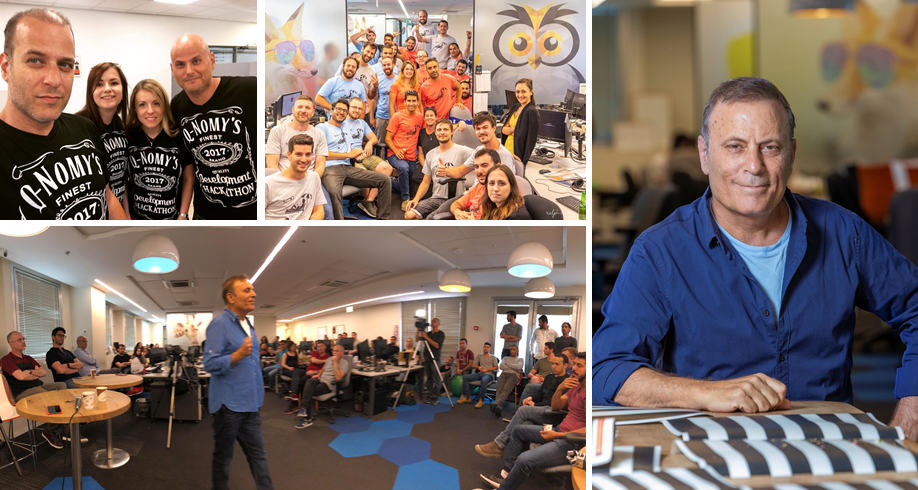Where Would You Like to Meet Your Doctor? (Part 2/2)

Today, we follow up on part 1 of the article, with a short interview conducted with Q-nomy chairman Avi Bar Yehuda.
Q: Must the customer be taught how to use the new service channels?
A: We work with communication platforms that have become household names during the pandemic, such as Zoom and MS Teams, and can integrate any other system that service providers believe would be best suited to their customers. We do not ask the end-users to adopt new technologies, but rather provide them the choice of readily available, proven solutions.
Q: Are there any benefits to patients who arrive in person to clinic appointments?
A: Absolutely. First of all, when patients arrive, they will find that the waiting room is much less crowded, and therefore more pleasant to sit in. Needless to say, we make sure they are aware of other patients waiting in virtual queues or meeting the doctor digitally. We take this opportunity to advise them of alternative digital channels that may be relevant to them.
Q: You are taking for granted that medical staff will tackle the omnichannel technology at ease…
A: We did not add a single button onto the service provider's user interface. The doctor would click the exact same "next!" button as before – except, now he may be informed that the next patient is joining via chat or video. The staff fully embraces the fact that for some purposes, such as renewing a prescription, chat is a great option.

(In the rightmost picture: Avi Bar Yehuda. Other pictures: The Q-nomy team)
Q: In your experience, what is the best approach to developing new technologies for enhancing the patient experience?
A: Listen to the patient and hear the staff out – both medical and admin. They know best what works and what's not, and which parts of the care path and experience can be improved.
For instance, when we studied how the radiotherapy department works, we heard that privacy is of utmost importance to patients. We then developed a solution where the entire patient journey following admission is automated, not requiring staff intervention until reaching the treatment station itself. We ensure patients are always by themselves at the waiting area, and even allow them to select their favorite background music and lighting.
The OR management module we developed is another example. We learned the complexities of the surgery departments and understood that the key is to ensure the timeline is kept, without last-minute changes, delays and cancelations. We figured that staff performance could be optimized if we automated every possible journey in the OR. We nearly elimitated inactive times in between operations, and gave the OR staff more time that can be utilized to providing medical treatment.
"What I'm most proud of," adds Avi Bar Yehuda, "is that when people arrive in either physical or virtual service locations managed by our software, they feel someone sees them. This is so important for their wellbeing, and to their perception of the quality of the medical care provided to them."

